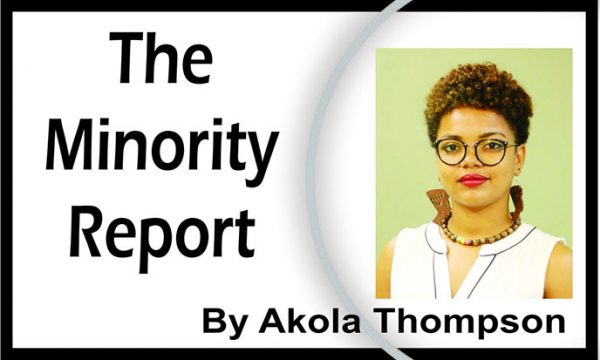 There is a worrying regularity with which unexplained deaths of mothers and their infants occur within both the public and private health system in Guyana. The most recent publicized incidents are those of Vanessa Lewis-Sahadeo and Tamera Leslie. While investigations are almost always launched after some amount of public pushback, results of these are not regularly released and even when they are, families rarely get the justice being sought.
There is a worrying regularity with which unexplained deaths of mothers and their infants occur within both the public and private health system in Guyana. The most recent publicized incidents are those of Vanessa Lewis-Sahadeo and Tamera Leslie. While investigations are almost always launched after some amount of public pushback, results of these are not regularly released and even when they are, families rarely get the justice being sought.
One of the standard approaches in dealing with cases of maternal and infant deaths is to either cast the blame on the individuals themselves or the medical practitioner/s attending to them. Through this individual blame approach, no sustainable solutions are ever provided for the issue at hand. There is also the tendency for medical practitioners to blame maternal deaths and injuries on issues beyond their control such as pre-existing conditions or poor nutrition. They rarely ever examine their own practices and the ways in which they perform within hospitals.
There are several measures that can be taken to decrease maternal and infant deaths, but ensuring that there are relevant hospitals in outlying communities and an adequate number of skilled practitioners leading childbirth efforts are amongst the key solutions to this. Lack of proper infrastructure increases the risks of maternal deaths. This is evident in the high rates with which Indigenous women die in pregnancy and childbirth given that they are less likely to benefit from medical services. With low numbers of skilled personnel such as nurses, midwives and medical doctors, many of them are extremely overworked and unable to operate effectively.
As it relates to midwives, this is a field that requires amped up training to build upon their skills and also ensure that women in outlying communities have access to relevant care to ensure safe deliveries. The role of the midwife is very important and steeped in local cultural knowledge and traditions. Decades of the over medicalization of pregnancy care however has resulted in significant neglect of midwifery resulting in a steadily declining form of maternal care. In Guyana, there have been initiatives to train midwives but there seems to be no real concentrated effort into the area. In Bolivia for example, there is a government midwifery training programme that takes into account the social, economic and cultural limitations surrounding maternal access to healthcare. The initiative is rooted in cultural traditions and is extremely important for women who live in areas where access to hospitals and doctors is really limited. This programme took place after a law was passed recognizing traditional indigenous medicine, including midwifery and resulted in increased improvements in the infant mortality rates. With Guyana and Haiti being the only two countries with higher maternal deaths than Bolivia in the hemisphere, there are quite a few lessons that can be learnt from initiatives surrounding maternal and infant care.
The barriers to proper health service access are much more than just a lack of hospitals or trained medical personnel however; it also goes towards our social, cultural and economic dynamics such as poverty, geography, racial discrimination, gender inequality and the criminalization of abortion. Statistics show that the birth rate for Amerindian adolescent girls is twice that of the general Guyanese population, pinpointing how dangerous lack of resources, cultural norms and attitudes perpetuate issues of child abuse, intergenerational poverty and death.
There is a morbid framing of pregnant women as having “one foot in the grave,” given the frequency with which poor and working class women regularly die when seeking medical aid for themselves and unborn children. Particularly in developing countries such as ours, unplanned and planned pregnancies can quickly morph into tragedies as lack of access to quality health services contributes towards that. Increasing efforts to improve healthcare would also have to address the patriarchal customs and policies that fail to prioritize women’s health, nutrition, education and human rights. We largely continue to avert our gazes at child sexual grooming and marriages that too often result in abuse and adolescent pregnancies. Sex education is still stuck in the ineffective age of teaching young people that abstinence is the only way (as if that ever worked) and women rarely get the medical treatment they need resulting in a continued spate of death and health complications.
Maternal and infant deaths are what can be called a remediable injustice. It is a condition that is not only wholly unfair but which is also within our capacity to change. While efforts to lower the rates of death have seen some positive results, there still remains quite a lot of work to do to significantly decrease the rate with which mothers and their infants die under the care of medical personnel. What continues to be revealed are the systemic failures that exist and the disregard with which women, families and their communities are faced when tragedy strikes.









